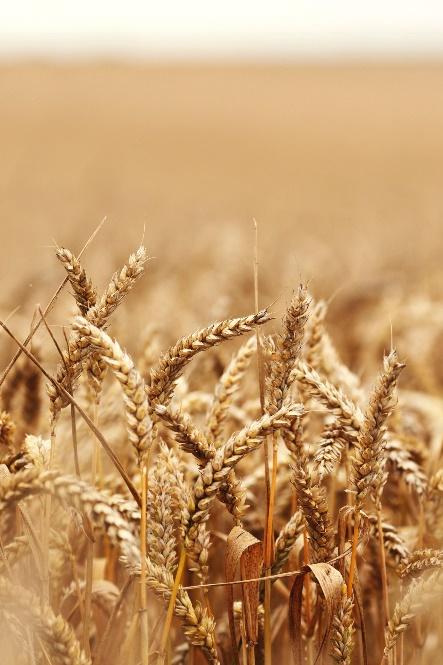Pentecost: Lessons from the Old Testament Church May / June 2010 John H. Ogwyn (1949-2005)
Most Christians understand that the New Testament Church began on the Pentecost after Christ’s crucifixion and resurrection. However, every indication suggests that the Old Testament Church also began on Pentecost. This beginning, dated to the time of the Sinai Covenant, occurred seven weeks after the Hebrews’ exodus from Egypt. Appreciating the many parallels can reveal much about the role and the history of God’s Church.
A study of Pentecost reveals important Old Testament symbolism. What happened to ancient Israel was, after all, recorded for our benefit. The Apostle Paul explains in 1 Corinthians 10:11 that many Old Testament events and situations were intended as types that are instructive for us today. The term “Pentecost” itself is not used in the Old Testament. Rather, it is a Greek word referring to the 50 days counted from the offering of the wavesheaf during the Days of Unleavened Bread until the Holy Day that celebrates the harvest of the firstfruits. The Jews commonly call that day Shavuot, meaning “weeks.” Comparing Exodus 23:16 with Exodus 34:22 shows that “Feast of Weeks” and “Feast of Harvest” were interchangeable terms referring to this Holy Day. Old Testament Symbols Two of ancient Israel’s ceremonies connected with this particular festival are outlined in Leviticus 23. This chapter was written by Moses when Israel was beginning its wilderness journey, and includes (cf. Leviticus 23:9–17) instructions about some matters that could only be carried out after Israel’s entrance into the Promised Land. Israel was told that the priest must ceremonially present, as a wave offering to God, the grain from the first-cut sheaf of the harvest. This ceremony was to occur on the day following the Sabbath that came during the Days of Unleavened Bread. Only after that

